Who sits next to whom or directly across from Anna Wintour is no trivial matter.
![[Front Row] - The Subtle Art Of Influence In Fashion](https://cdn.prod.website-files.com/689dc29455dbd16c46eb50be/68dce750b81e67158de78c20_68dce73fb6144ec60eca63bb_photo.webp)
Who sits next to whom or directly across from Anna Wintour is no trivial matter.
October 1, 2025
Who sits next to whom or directly across from Anna Wintour is no trivial matter.
It can cause brands as much heartache as deciding which looks to feature in their latest collections. Welcome to the theatre of the front row. A chair here is never “just a chair”; it is a silent arbiter of taste, power, and, occasionally, fortune.
In the 19th century, fashion shows were not grand spectacles but intimate gatherings in exclusive salons. Guests circled around tables to admire and discuss designs, a private world away from the prying eyes of the press. It was as much about social theatre as couture.
It was only in 1860, with Charles Frederick Worth’s audacious choice to use live models instead of mannequins, that these salons began to resemble what we now call runway shows. Yet the goal remained consistent: introduce the newest collections to the most loyal and wealthy clientele. Photography was strictly forbidden to prevent intellectual theft. At this stage, the “front row” did not exist as a concept; it was simply the best seats reserved for the most influential guests. This early exclusivity transformed images and information into commodities, laying the foundation for the front row’s enduring prestige.
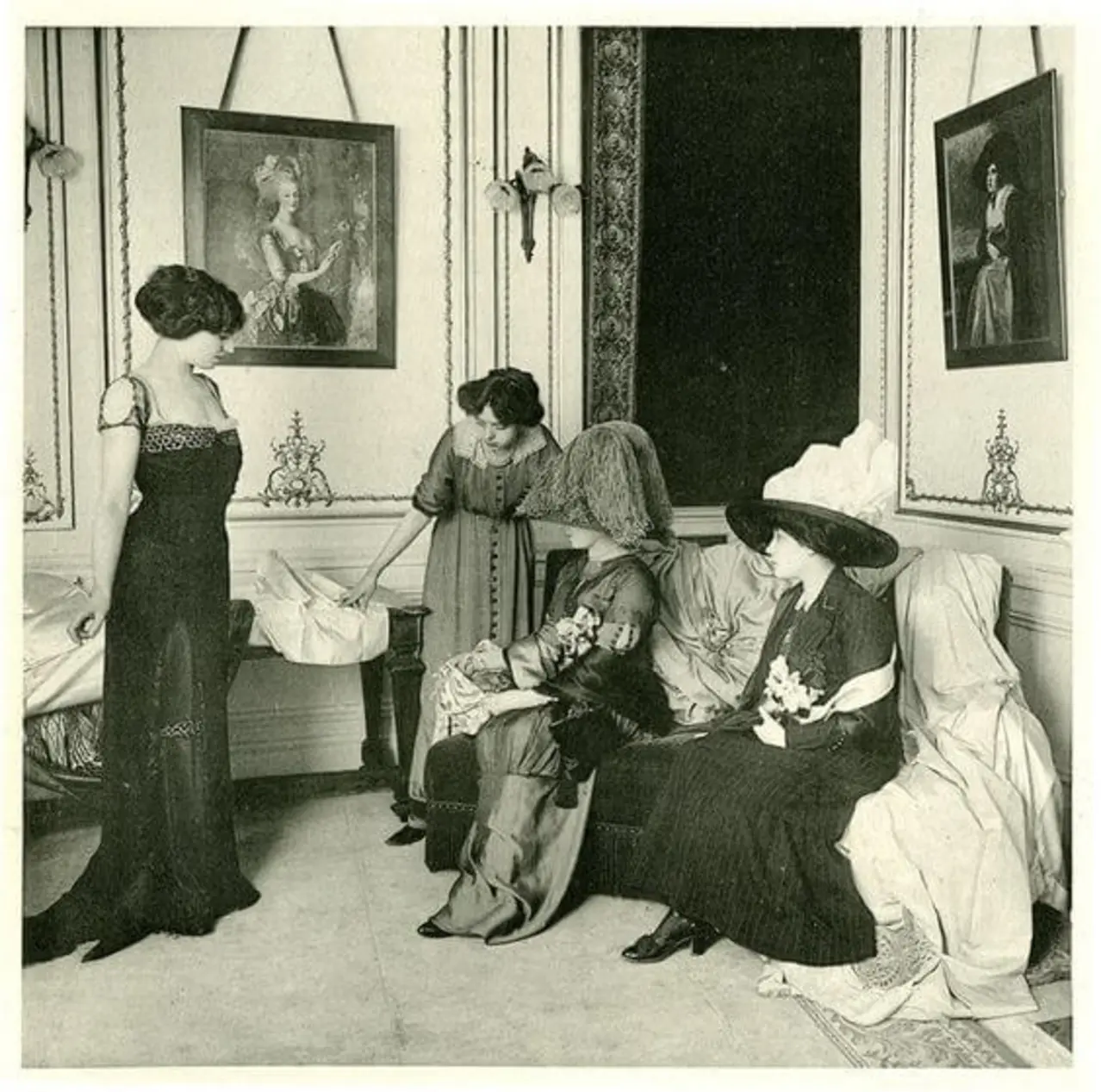
The real revolution, however, came mid-20th century. Eleanor Lambert’s creation of New York Press Week in 1943 - and Christian Dior’s iconic 1947 “New Look” show, open to photographers - ushered in the era of self-promotion.
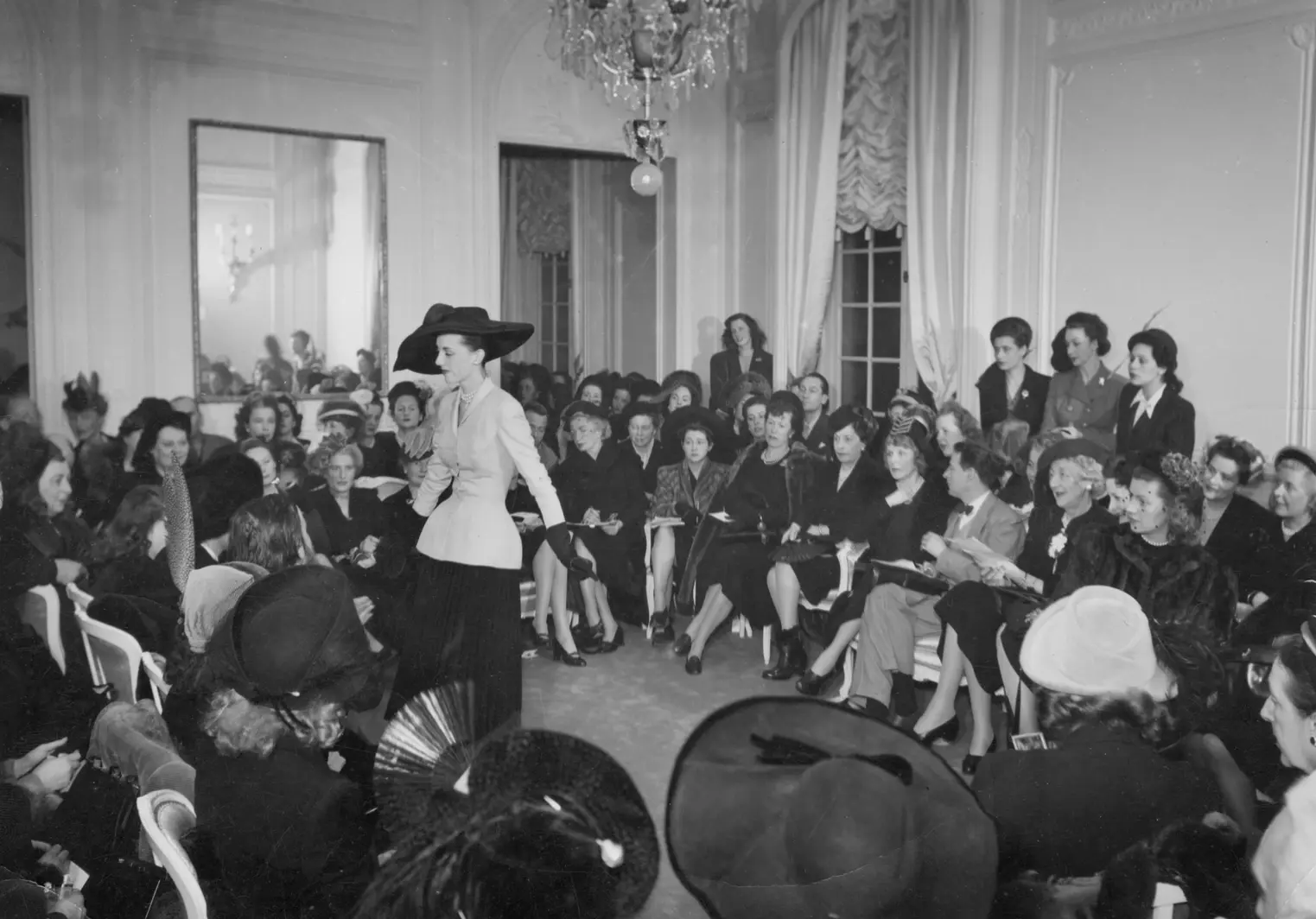
The front row evolved from an elite seating arrangement into a stage for the fourth estate, with figures like Diana Vreeland and, of course, Anna Wintour at its epicenter. Wintour’s influence is legendary; she decides, subtly but decisively, who earns a seat beside her, who sits across, and who sits nowhere at all. Milan Fashion Week 2010 provided proof: houses like Versace, Prada, and Armani altered schedules to accommodate her presence. Such is the currency of power in fashion.
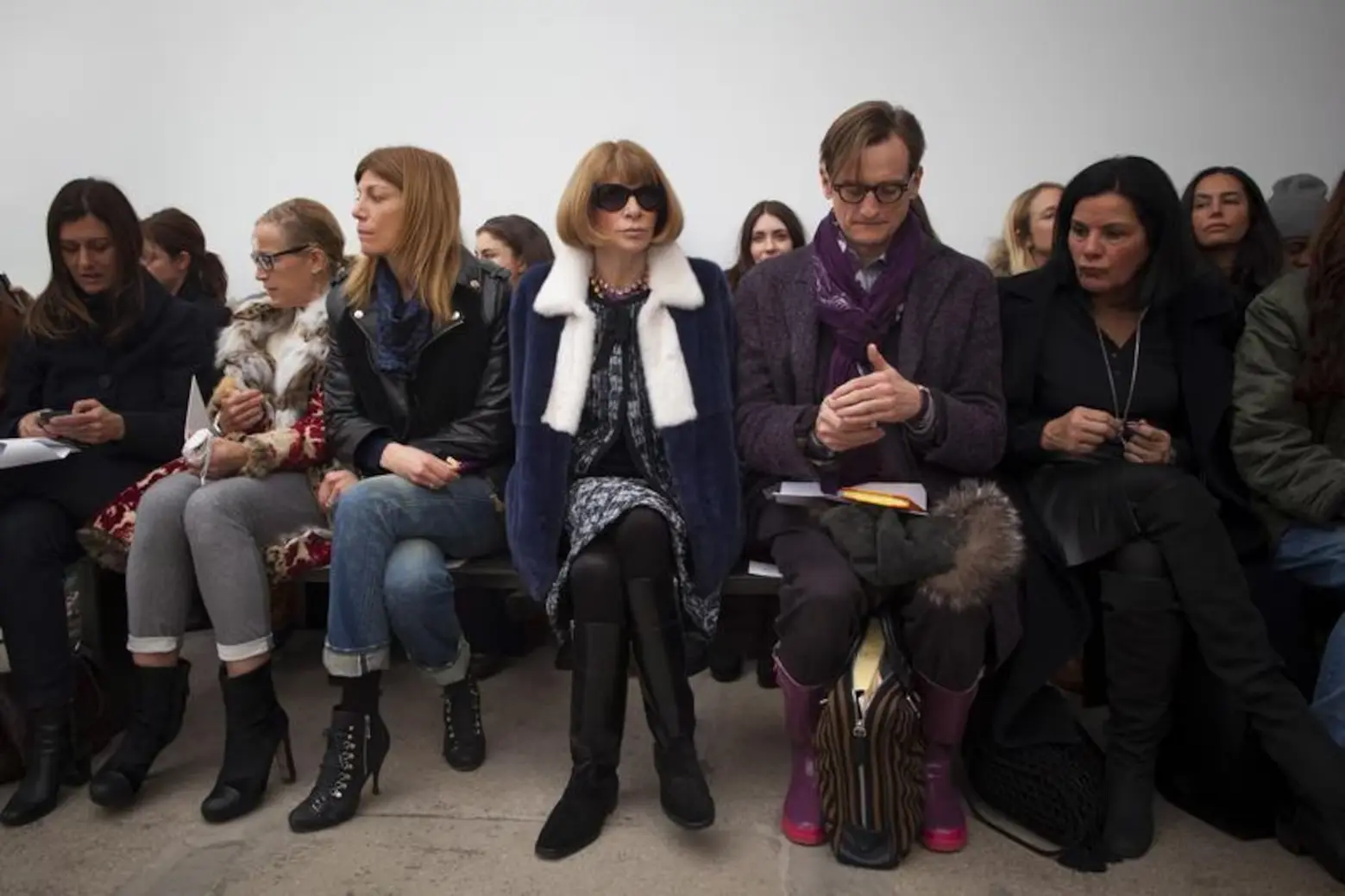

The front row functions as an unspoken hierarchy, where seating equals status. By the 20th century, brands recognized the media’s role in self-promotion and began investing lavishly to secure the most coveted seats. A glance, a smile, even the outfit a star wears - all become viral gold, echoing far beyond the runway.
These seats have witnessed historic moments: Anna Wintour beside Queen Elizabeth II at Richard Quinn 2018; Princess Margaret at Christian Dior 1954; Catherine Deneuve at Yves Saint Laurent 1967; Hubert de Givenchy holding Audrey Hepburn’s hand in 1986. Yves Saint Laurent, in the 1960s and 1970s, was among the first designers to fill his front rows with luminaries like Catherine Deneuve, Françoise Hardy, and Elsa Martinelli, amplifying his brand’s visibility. One might say he understood, better than most, that a well-placed socialite is sometimes more powerful than a perfectly draped fabric.
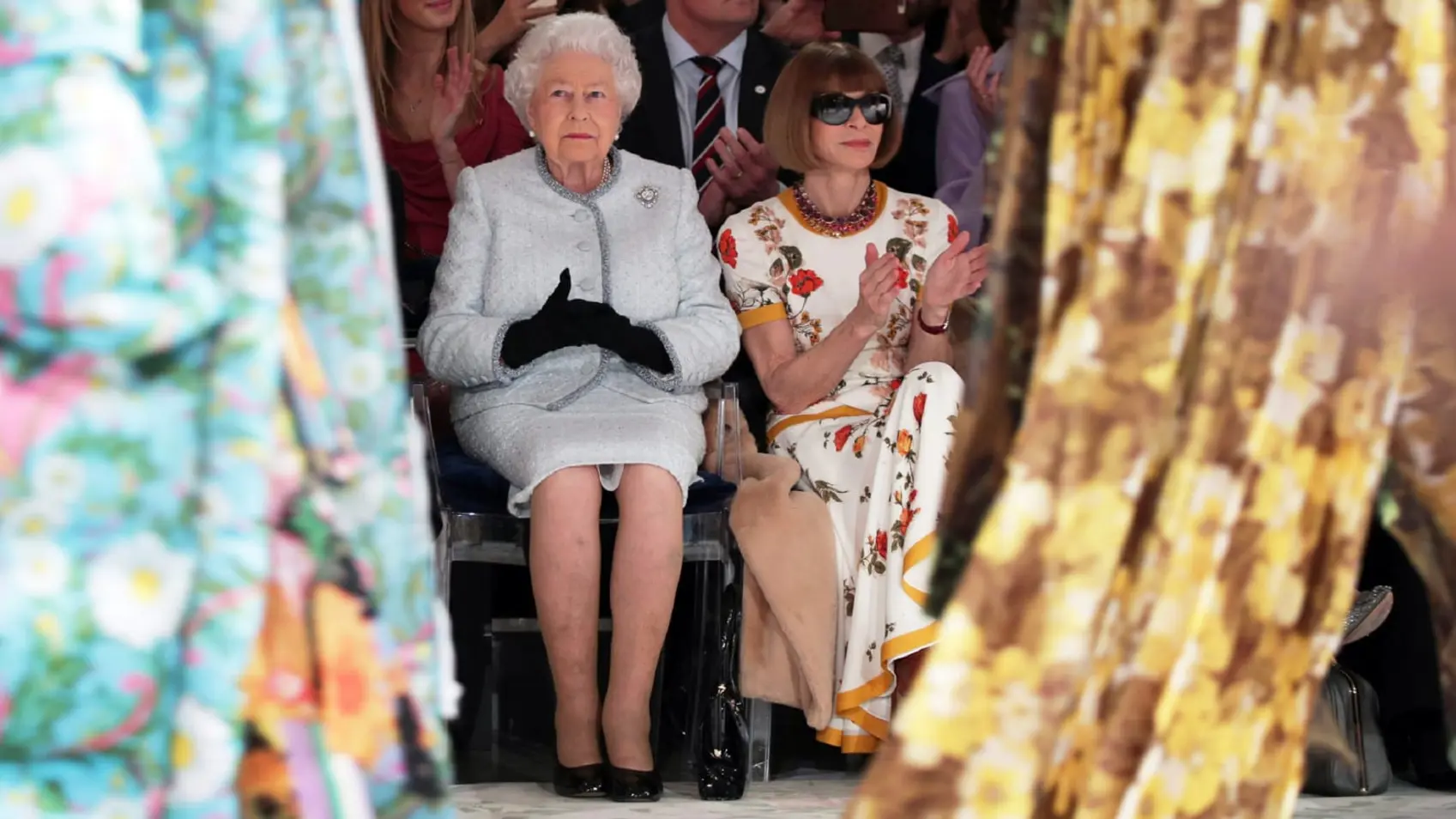
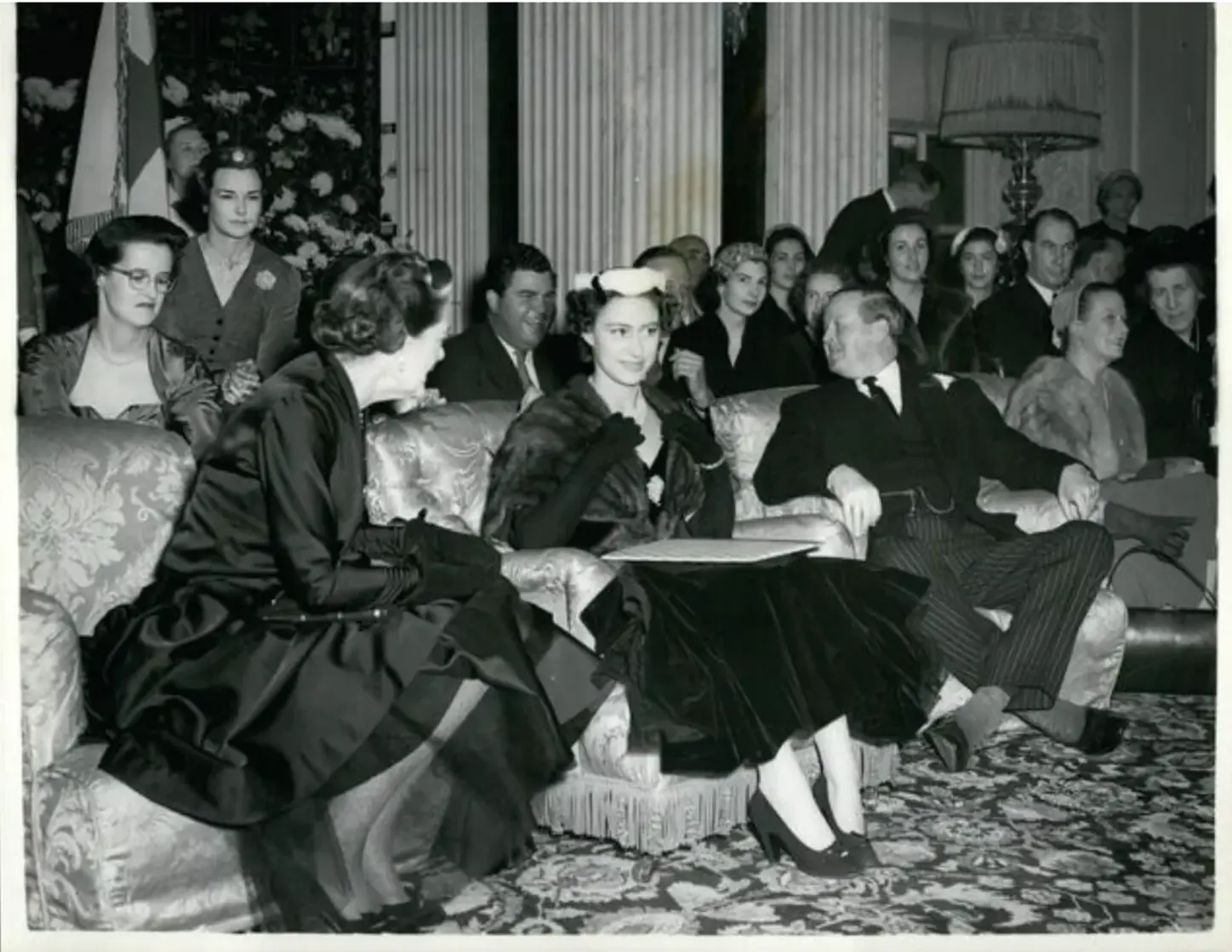
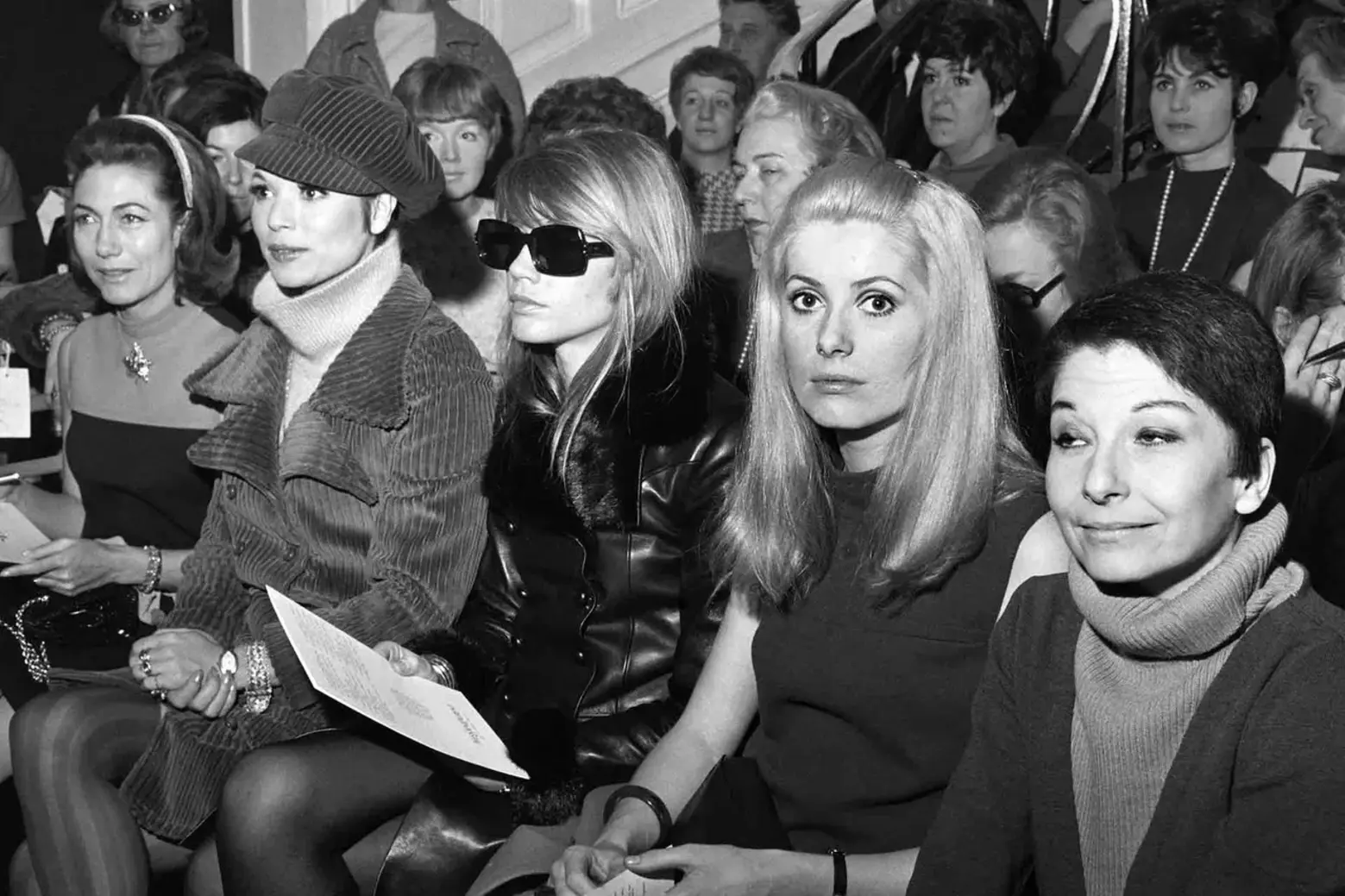
Today, the front row continues to host the most prominent figures: the Sex and the City cast at Narciso Rodriguez 2002, Mary-Kate and Ashley Olsen at Marc Jacobs, Anne Hathaway, Serena Williams, and Eric Adams at Spring/Summer 2023. It is also where pop culture intersects with haute couture: Andy Warhol and Bianca Jagger in Halston’s 1970s front row, BLACKPINK’s Jennie at Chanel, G-Dragon at Chanel, and Yoyo Cao from Singapore, lauded by Vogue as the woman who “put Southeast Asian style on the map.”
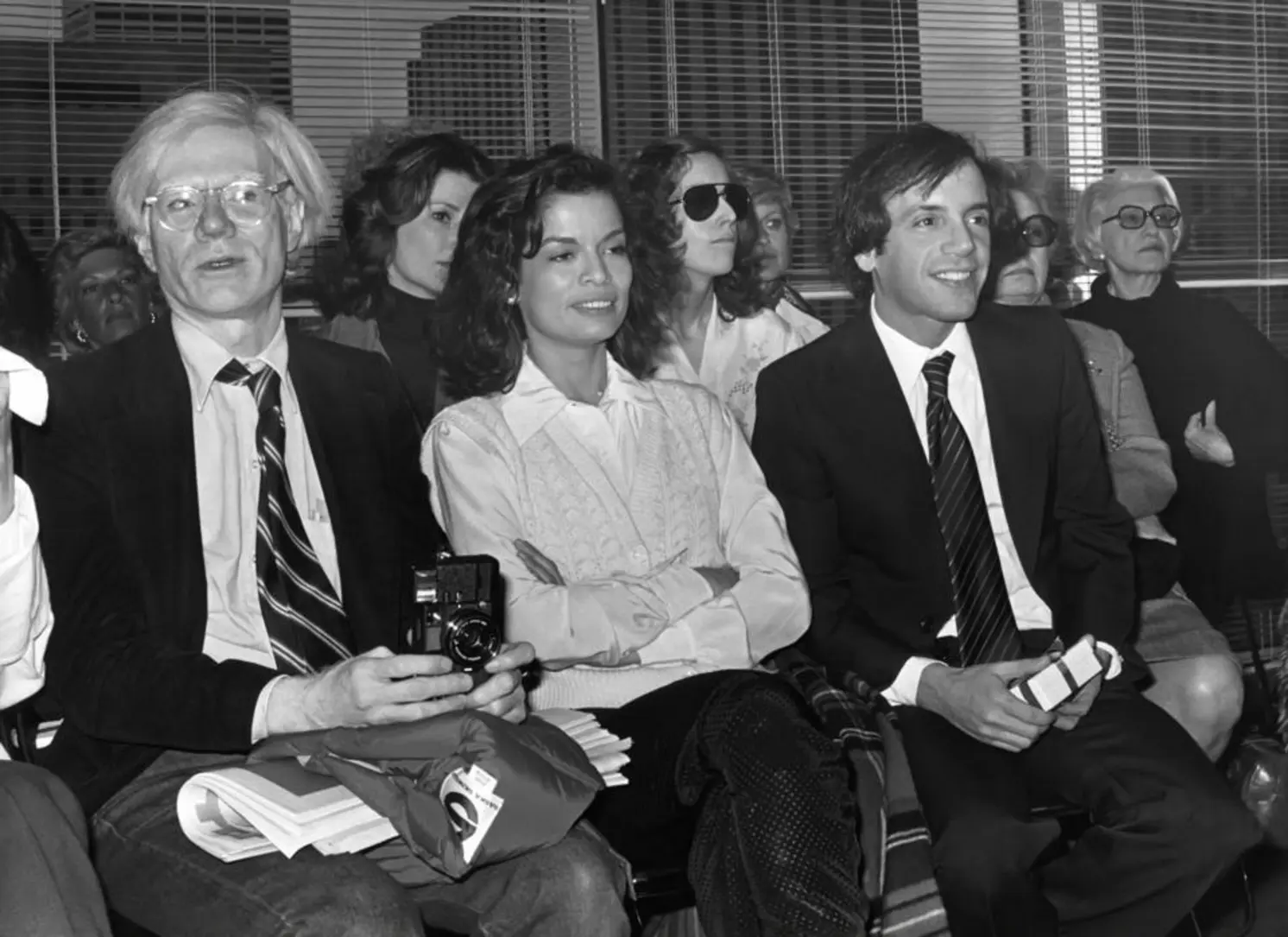
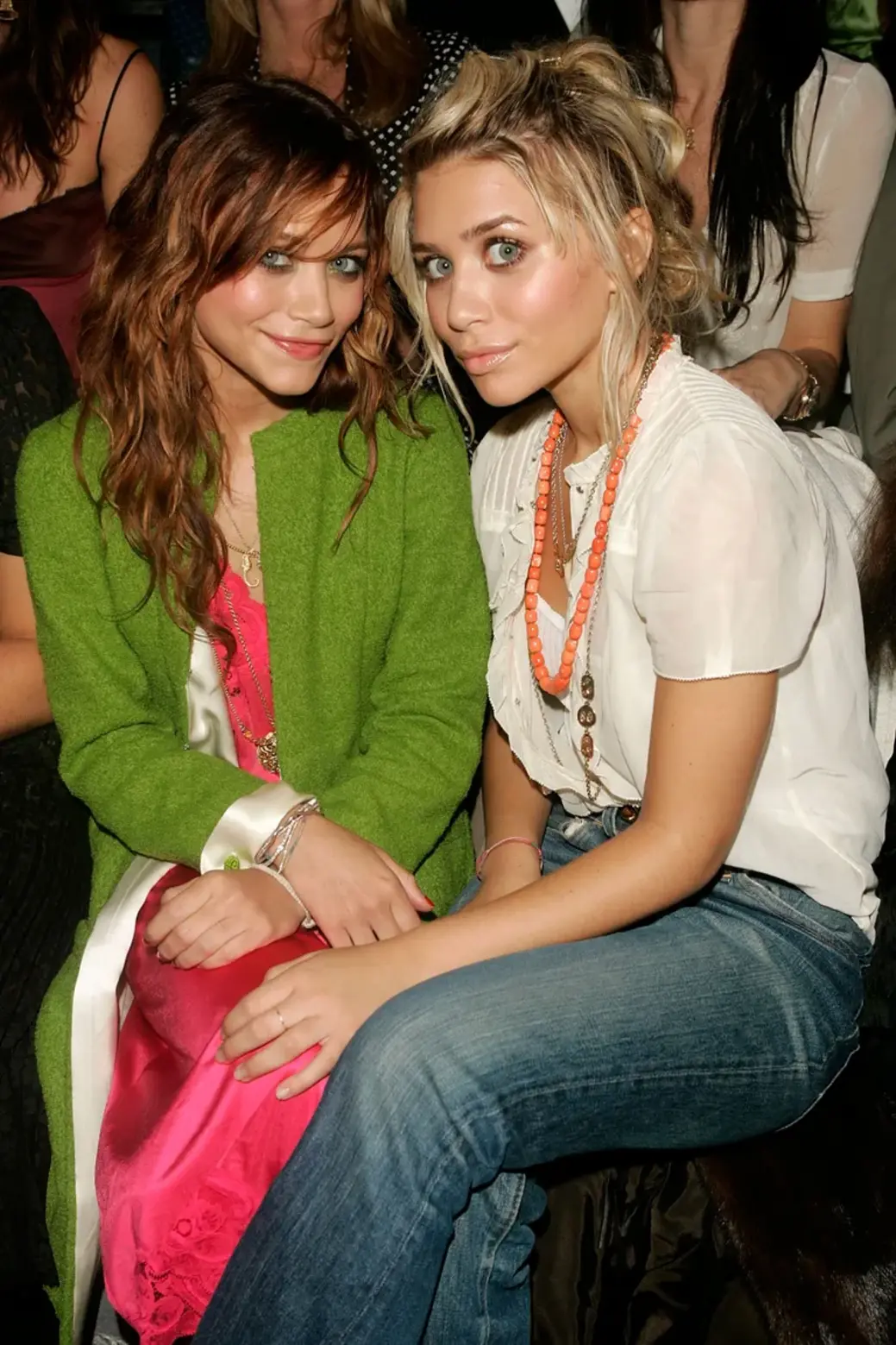

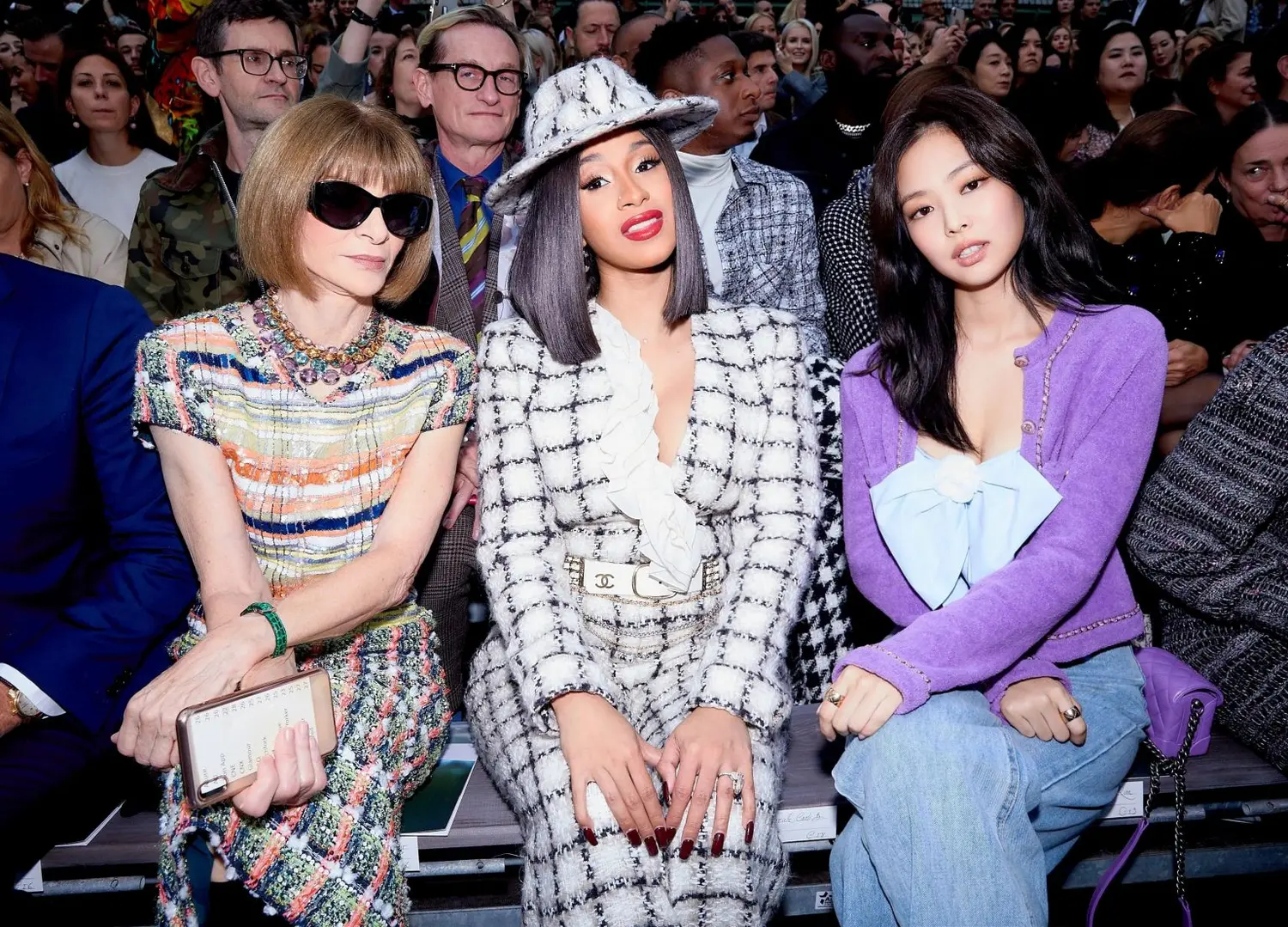
Here, fashion meets power in its purest form: the front row is as much about influence as it is about aesthetics. A single misplaced chair can shift alliances, careers, and sometimes the public perception of a collection in ways that even the most talented designer cannot predict.
Behind every glossy front-row photograph lies an invisible struggle. Seating arrangements are far more than logistical - they are a calculated art form. Often, it is not the designer but the PR agency that determines placement. Decisions made here can affect partnerships, contracts, and careers.
Front-row selection depends on strategic brand relationships, commercial value from buyers and VIPs, and media clout - especially of editors, fashion directors, celebrities, and increasingly, influencers. Every seat wields power.
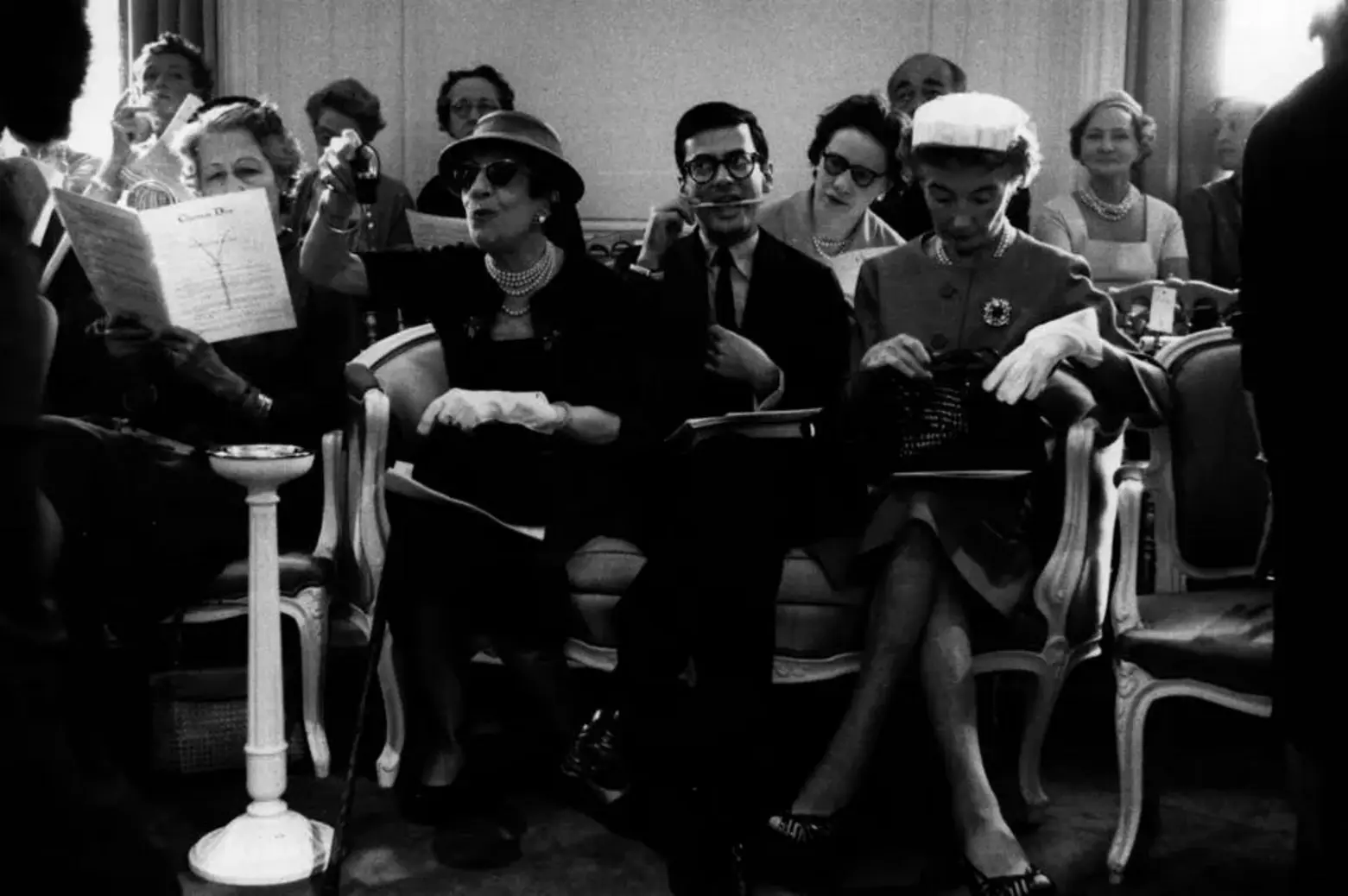
Yet even the best-laid plans are vulnerable. Jay-Z, Beyoncé, or Cardi B arriving late can generate unexpected buzz. Controversies - Law Roach and Zendaya, or Anna Wintour refreshing the row with new faces - reveal the high-stakes pressure and the industry’s unspoken rules. As Wintour herself once implied with a single arch of her eyebrow: in the front row, everyone plays by her invisible clock.
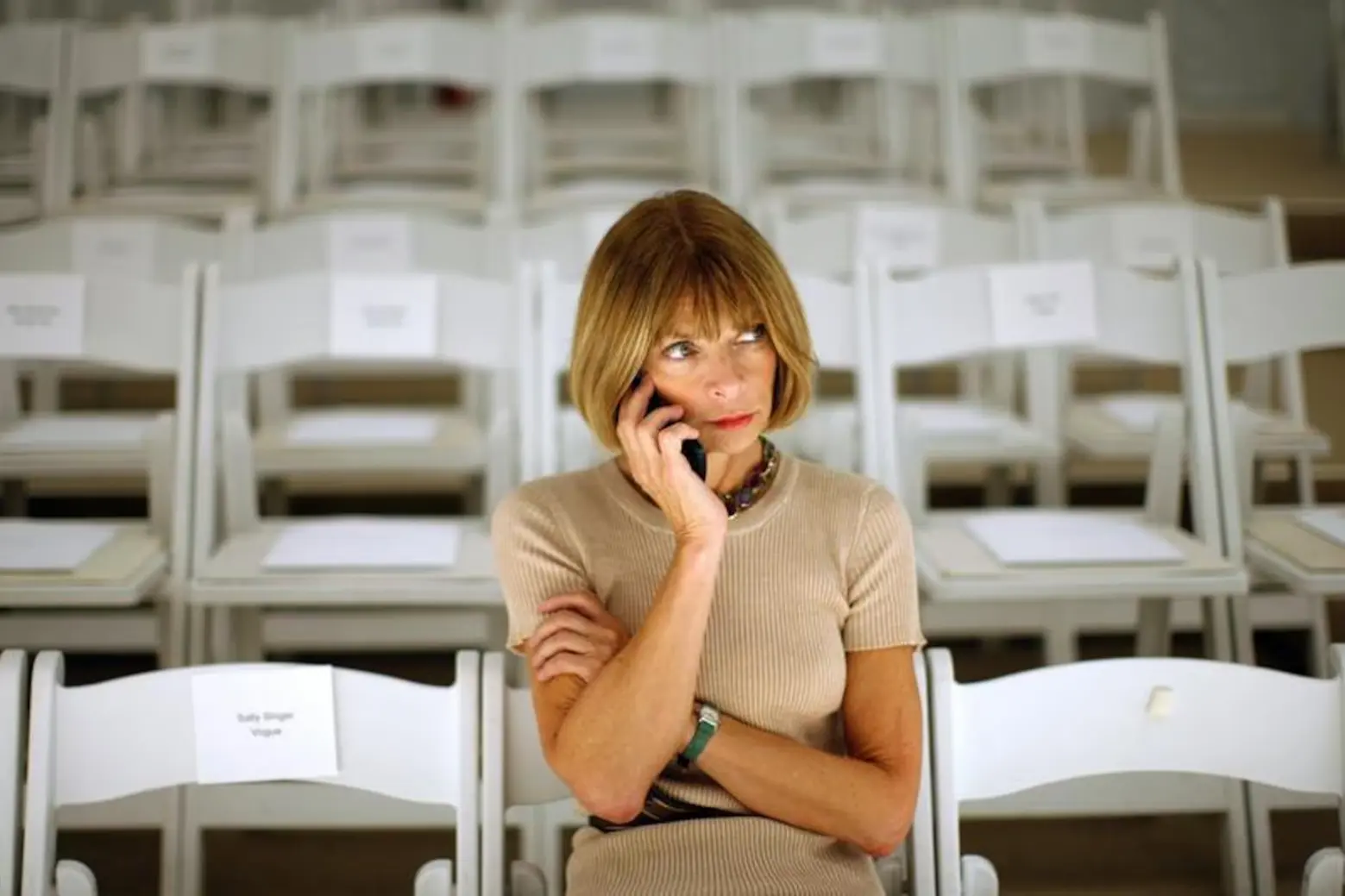
The front row is not merely a viewing platform - it is the closest vantage point to photographers and journalists, where influence is measured in glances, gestures, and headlines. Houses like Dior, Valentino, Chanel, Prada, and Gucci curate their guests meticulously to maximize Media Impact Value (MIV). The Hallyu wave exemplifies this: Dior with Mingyu (SEVENTEEN), Prada and Gucci with Karina (Aespa) and Jin (BTS), demonstrating the front row’s reach and marketing power.
Guests must follow strict etiquette: impeccable appearance, professionalism, minimal phone use, punctuality, and adherence to dress codes - usually outfitted by the host brand. Each individual becomes a living billboard, projecting the collection’s vision worldwide.
Social media and the internet have democratized front-row culture. Once dominated by editors and journalists, influence now includes bloggers, influencers, and digital creators. Today, every front-row moment is livestreamed and shared instantaneously with millions.
This shift allows figures like BLACKPINK’s Jennie and G-Dragon to become globally influential front-row presences, exemplifying pluralistic power structures emerging within fashion. Marc Jacobs’ final Louis Vuitton show, Spring/Summer 2014, attended by a constellation of stars and editors despite invitations sent only 24 hours prior, is a case in point: the front row crystallizes historic moments, blending star power with editorial authority.
In the theatre of fashion, the front row is no mere seating. It is an orchestra of influence, where the quietest glance or the most deliberate smile can echo louder than the most elaborate garment. And at its helm sits Anna Wintour, wielding her power not with an iron fist, but with the elegance of an unspoken command. Here, fashion’s most enduring transformations are not sewn into fabric - they are seated, strategically, in the front row.